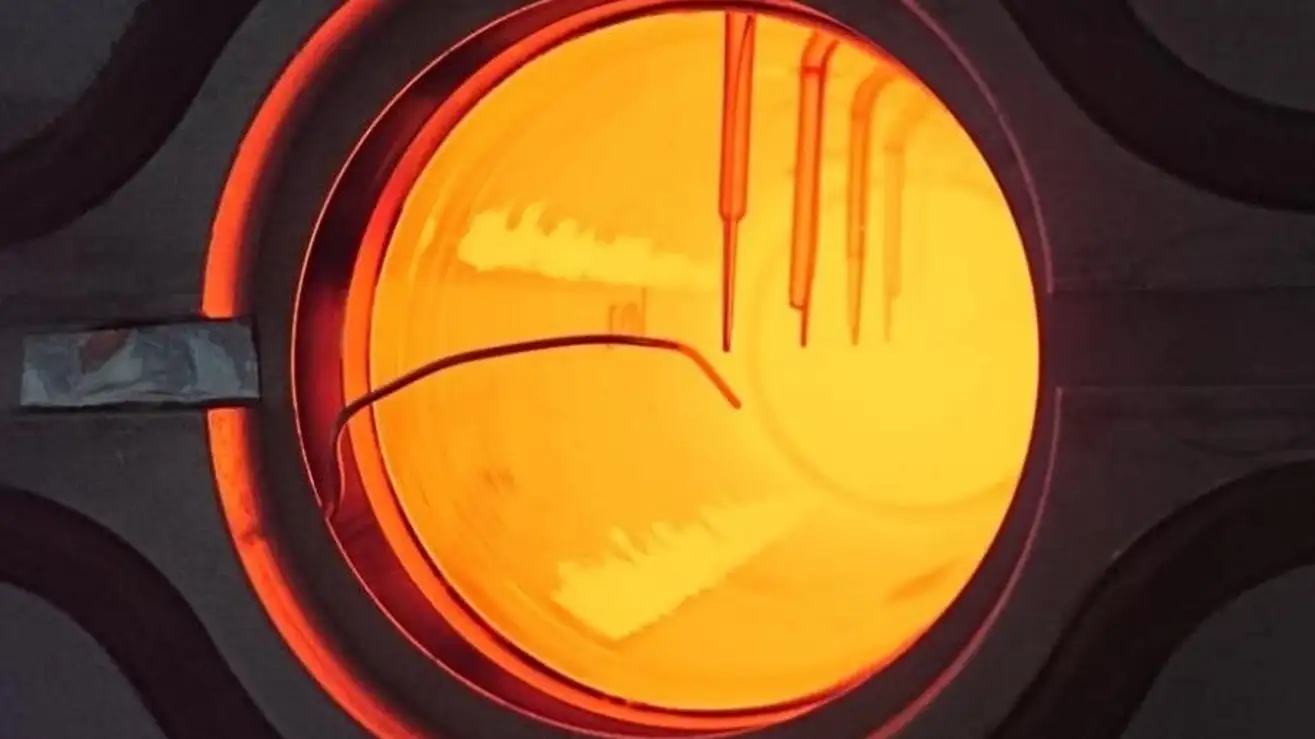
Engineers are cooking up a new clean energy solution: charging up crystals with solar energy to temperatures of 1,832 degrees Fahrenheit (1,000 degrees Celsius), potentially making them a greener substitute for the carbon-intensive processes that smelt steel and cook cement.
The new technology—described in a proof-of-concept study published today in Device—makes use of a property of quartz that allows it to trap sunlight. Attaching a rod of synthetic quartz to a silicon disk used to absorb energy, the team tested whether the apparatus could retain heat. They blasted it with energy equivalent to sunlight from 136 Suns; the rod warmed to about 1,112 degrees F (600 degrees C) but the absorber plate reached a temperature of 1,922 degrees F (1,050 degrees C).
“People tend to only think about electricity as energy, but in fact, about half of the energy is used in the form of heat,” said Emiliano Casati, an engineer at ETH Zurich and the corresponding author of the study, in a Cell release. “To tackle climate change, we need to decarbonize energy in general.”
To date, solar receivers—devices that concentrate heat from mirrors reflecting sunlight—have not been able to efficiently handle solar energy at temperatures above 1,832 degrees F (1,000 degrees C). Some of the most widespread carbon-intensive processes, like glass, steel, and cement manufacturing, require temperatures at and exceeding that limit, which companies achieve by burning fossil fuels. Cement manufacturing alone was responsible for about 8 percent of CO2 emissions in 2023, according to CBS News, and glass melting is responsible for about 95 million tons of anthropogenic carbon, according to research published earlier this year in the journal of the American Ceramic Society.
